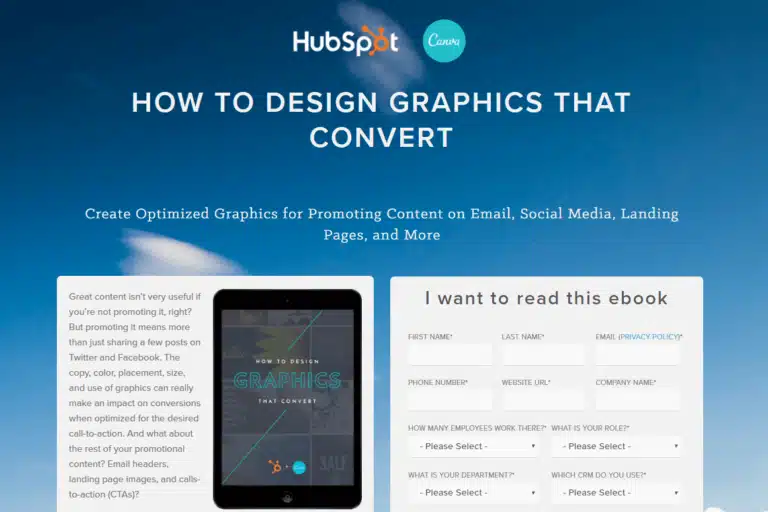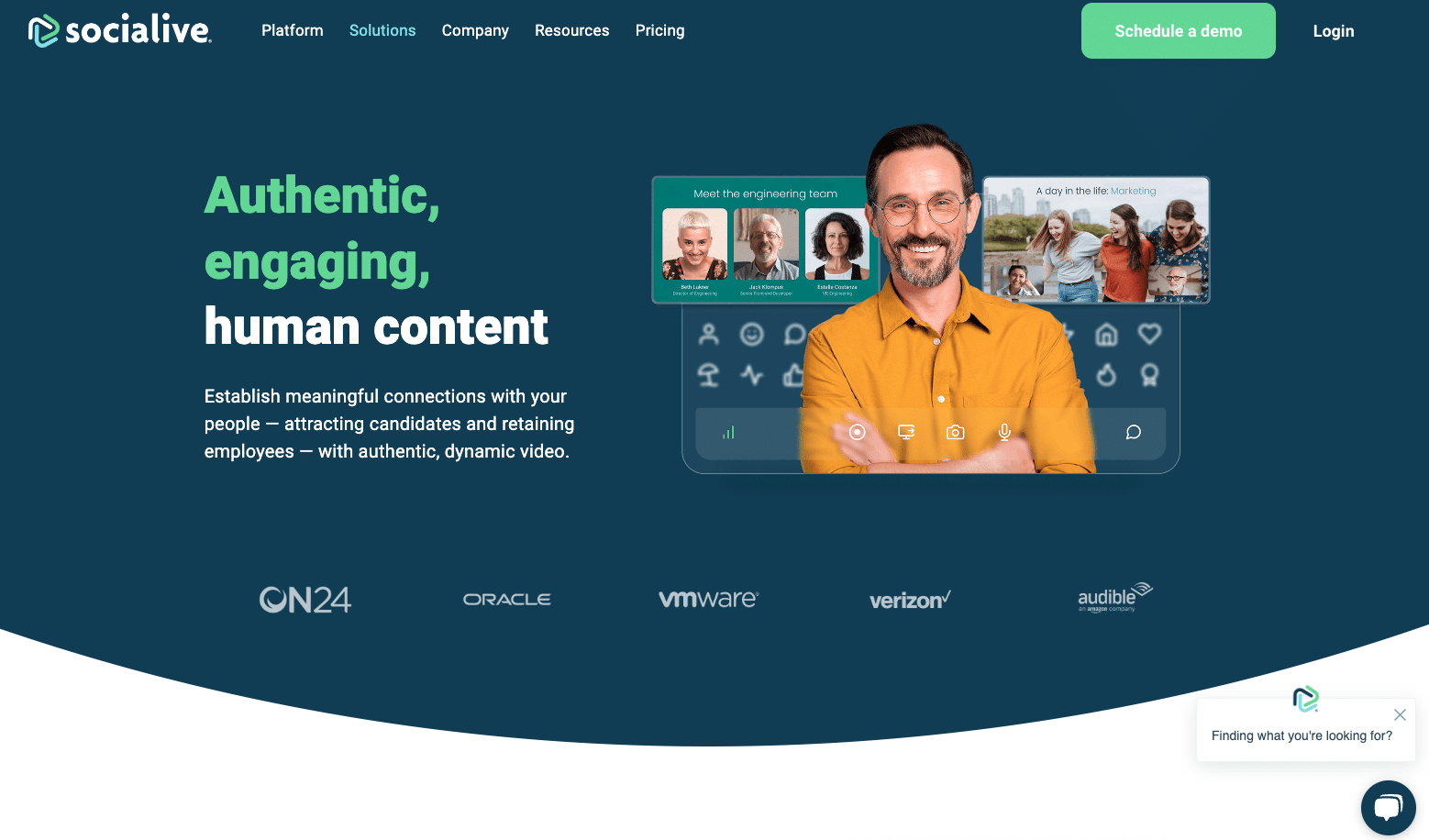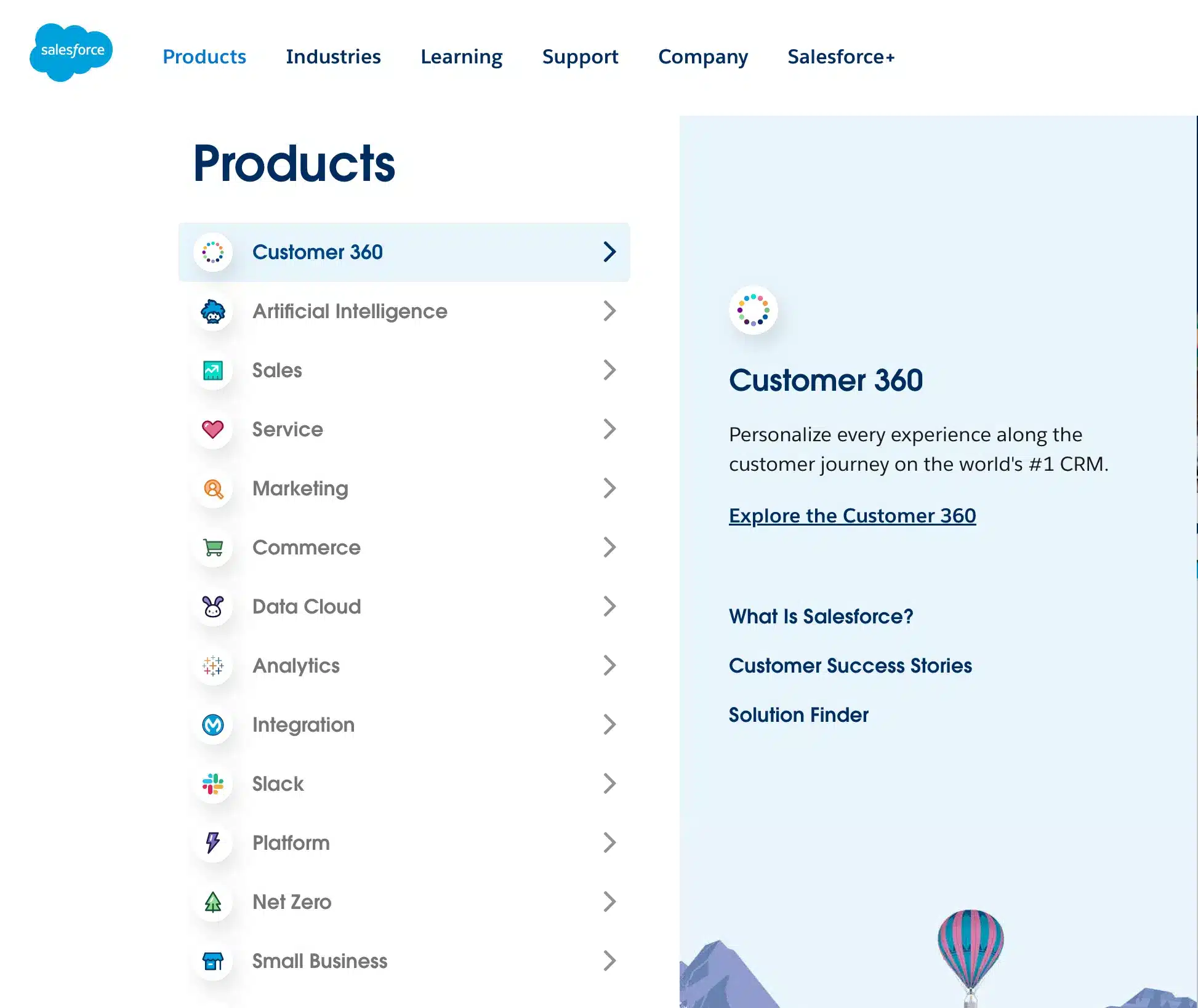Landing pages play a pivotal role in the lead generation and SEO strategies of software companies operating in the SaaS industry. As standalone web pages crafted explicitly for marketing and advertising campaigns, they wield significant power in driving targeted traffic and maximizing conversion rates.
When a user clicks on a Google AdWords or other SEO campaign, the landing page becomes the virtual doorstep where they first arrive. It serves as the initial touchpoint, offering a tailored experience that aligns with the keywords and intent that led them there. Therefore, the importance of keyword-targeted landing pages cannot be overstated, as they ensure that visitors find themselves on pages that directly cater to their searched products or services.
Consider the diverse range of services offered by software companies. They often cater to various industries, business sizes, or specific requirements. Each customer segment conducts targeted searches on search engines like Google to find the precise solutions they need. For instance, a hospital administrator might search for “Healthcare CRM” to streamline patient management and enhance operational efficiency. On the other hand, a mom-and-pop shop owner may search for “CRM for Small Business” to strengthen customer relationships and optimize sales processes.
By incorporating keyword-focused landing pages into their SEO strategies, software companies can bolster both their overall search engine visibility and lead generation efforts. These pages serve as optimized gateways to the products or services that match the searched keywords, offering users a seamless journey from search queries to relevant content. Consequently, such targeted landing pages not only enhance organic rankings and attract qualified leads, but also facilitate higher conversion rates by delivering precisely what visitors are seeking.
When building landing pages, it is crucial to embed key phrases strategically throughout the content, including headlines, subheadings, body text and calls to action. This helps search engines understand the relevance of the page to specific keywords and improves the chances of higher rankings. Moreover, by aligning landing page content with user intent and presenting compelling value propositions, software companies can engage visitors and encourage them to take desired actions, such as signing up for a trial, requesting a demo, or making a purchase.
Why SEO landing Pages Work So Well For SaaS
“Software for accounting” and “small business CRM software” are examples of real-world search terms. You will drive significantly more conversion on a page that talks to the prospect’s needs. Create compelling content with the help of advanced AI writing tools that attract your target audience. The more narrow the topic, the more focused your CTAs can be to entice people to act.
SEO Landing Page For Services Related To Your Software
Hubspot is a software company that provides a variety of different products or services, depending on the needs of a certain business. While customer relationship management (CRM) and marketing automation are the core of their business, Hubspot also offers a variety of other services, as well as sub-services within their core offerings.

This is a great example of how Hubspot has used a key phrase targeted landing page (geared towards those looking for graphic design services), to improve SEO and lead generation.
First, note that the heading of the page is phrased almost exactly as someone would type into a search bar. A small business owner might also be searching for terms like creating graphics that convert,” or “graphic design for lead generation,” etc.
This leads potential customers to their site that may not be looking for their software solution now, but will gain knowledge, brand equity, and potentially convert into a lead for future nurturing.
Market or Vertical SaaS SEO Landing Pages
Another common search is by market or vertical. If you are a company providing accounting software with a focus on construction, engineering, surveying, and other related vertical industries then you should have landing pages for each. These are considered pillar pages. A pillar page is a foundational piece of content created to serve as a comprehensive resource on a specific topic or theme for SEO purposes. It aims to provide a comprehensive overview and in-depth coverage of a particular subject, acting as a central hub that links to and organizes related subtopics. You may have several sub-verticals such as commercial construction or residential construction that you can branch off from those initial main pages.
Targeted landing pages such as these are great because someone searching their market plus a solution is a very targeted buyer that you can specifically speak to in your messaging to address their needs and concerns.

Socialive is a great example of utilizing targeted landing pages to drive conversion. They have specific pages for certain areas of an organization and how their platform can help a variety of different teams.
Specific Software or SaaS Feature
If you’re like most software and technology companies, the product, service, or platform you offer encompasses a variety of different features and functionality. And depending on the nature of your customer base and segments, specific features will be of more (or less) interest to certain audiences depending on their business needs.
The question is, how do you take this important relationship into account when designing landing pages to optimize for SaaS SEO The answer is, software companies should consider using feature-specific landing pages that will tie in with AdWords or similar campaigns (as above) but will direct prospects to a landing page with the most relevant product features based on their search queries.
SalesForce, for instance, is another software company whose platform offers a plethora of features and functionality. Sales prospects might be searching for CRM features like customer service integration or marketing automation.
What SalesForce does effectively, and what any other software companies should consider, is creating separate feature landing pages that will both optimize your SaaS SEO and increase lead capturing.

Salesforce creates highly focused landing pages that hone in on the specific product that they offer.
It is crucial to collaborate with SEO and digital marketing partners to determine the most appropriate calls-to-action for each feature landing page. A/B testing different versions can help identify the highest-converting options.
By creating feature-specific landing pages tailored to the interests and search queries of potential customers, software companies can optimize SEO, increase lead generation, and provide a more personalized user experience. Continuous testing and optimization are essential to ensure the effectiveness and conversion rates of these landing pages.
Business Stage SEO
In the SaaS industry, the effectiveness and implications of a solution can vary based on the size or stage of a company. As a result, companies recognize the significance of catering to different business stages through their SaaS SEO strategies.
One essential aspect of business-stage SEO is the creation of landing pages specifically tailored to address the unique needs of start-ups, small businesses, and enterprise-level organizations.
Start-ups often require agile and scalable solutions that can accommodate rapid growth and changing business requirements. Therefore, creating landing pages that highlight how a SaaS product or service supports the specific challenges faced by start-ups can be highly effective. These landing pages can focus on features like flexible pricing, rapid implementation, integration capabilities, and scalability.
On the other hand, enterprise-level organizations require robust and comprehensive solutions that can handle complex operations, integrate with existing systems, and provide enterprise-grade security and support. Landing pages designed for enterprise customers can emphasize features such as advanced customization options, robust data analytics, multi-user collaboration, and dedicated account management.
Small businesses represent another significant segment that requires tailored SEO landing pages. These pages can highlight the cost-effectiveness, ease of use, and simplicity of implementation that small business owners often prioritize. Small business landing pages can address common pain points, such as limited budgets, time constraints, and the need for streamlined workflows.
By crafting landing pages specific to each business stage, SaaS companies can effectively communicate the value proposition of their solutions and address the unique pain points and priorities of different customer segments. It’s essential to consider what your targeted audiences’ search intents are. This targeted approach helps to attract qualified leads, improve conversion rates, and ultimately drive business growth.
How to Get Started
Research to Create SaaS SEO Landing Pages
Before moving forward with key phrase-targeted landing pages, you’ll want to work with your digital marketing partner or utilize tools like Moz or Google Keyword Planner to decide which key phrases will be best for each customer segment (and hence each landing page). Once you conduct that research, you can establish a list of keywords that you need to target the most. You’ll then be able to effectively run campaigns on Google AdWords to promote the pages you want and drive traffic specifically to those landing pages.
When designing a new website for a technology or software company, the strategy, technology, structure, and design of landing pages must be a primary – if not the primary – part of the process.
In many ways, landing pages are more important than your homepage or core website pages because smart marketing strategies will drive more traffic to your landing pages than anywhere else. A sign of a successful marketing program is high volumes of visits and conversions on landing pages used in advertising and search optimization.
Written by: Tony Zayas, Chief Revenue Officer
In my role as Chief Revenue Officer at Insivia, I am at the forefront of driving transformation and results for SaaS and technology companies. I lead strategic marketing and business development initiatives, helping businesses overcome plateaus and achieve significant growth. My journey has led me to collaborate with leading businesses and apply my knowledge to revolutionize industries.
